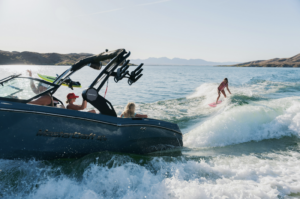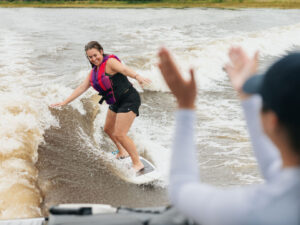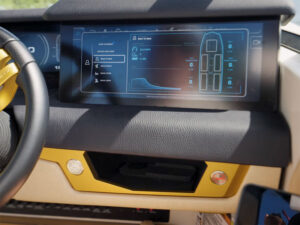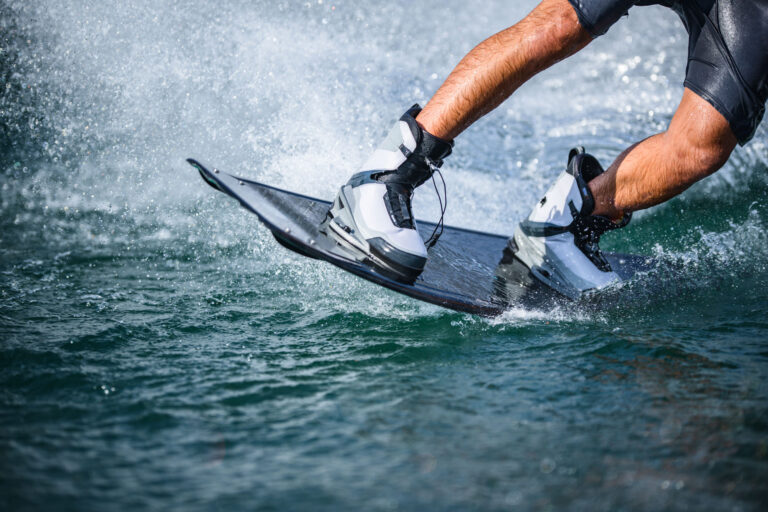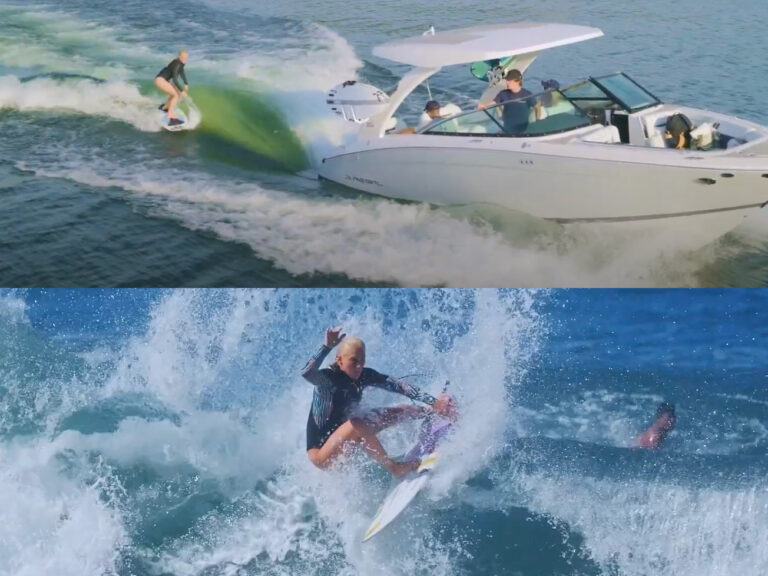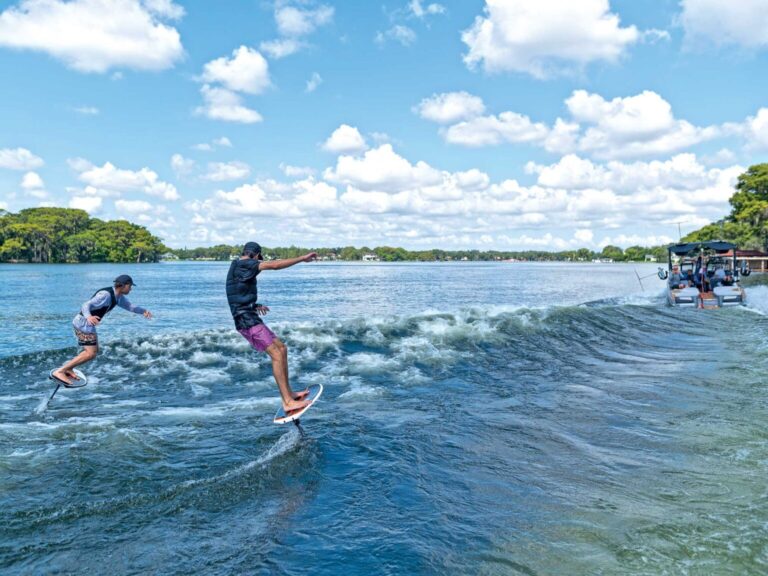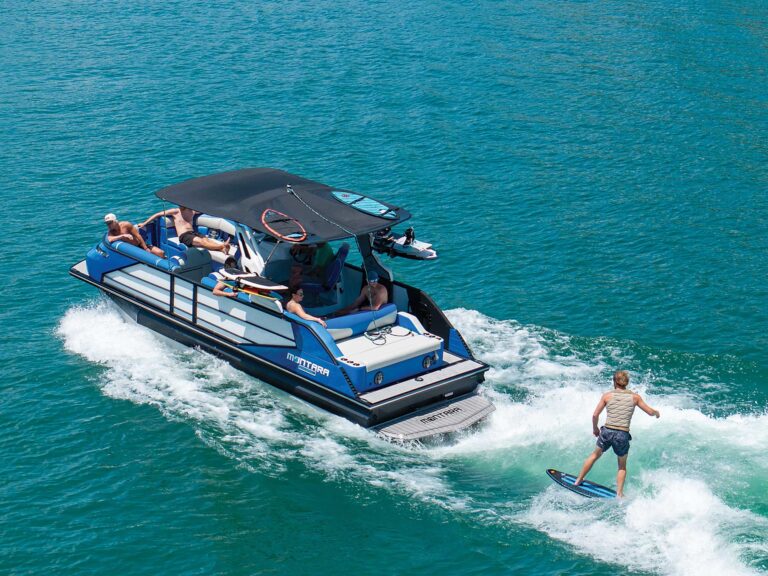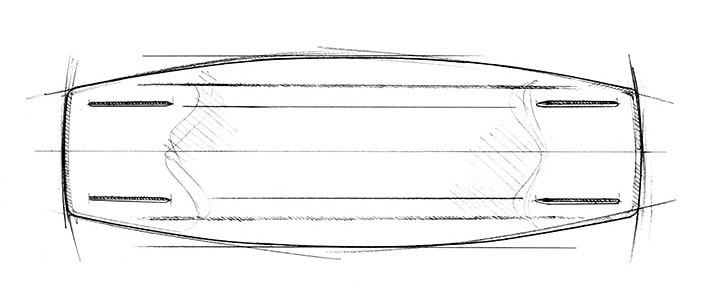
THE BASICS OF BUYING A WAKEBOARD
The best wakeboard is the one that works right for you. With so many options available to you when picking a new wakeboard, where do you even begin? Of course you could choose a wakeboard based purely on the graphics or the pro rider’s name attached to it, but you probably wouldn’t end up with the model best-suited to your level or type of riding.
This is where we step in. Allow us to give you some key information on many of the features found on today’s wakeboards. Armed with this new knowledge, you’ll be able to buy a wakeboard that’s a great match for your riding style. A word of note: This guide is a great starting point for buying a new wakeboard. Narrow your picks down to a couple of models, then head to your local pro shop and ask about a demo. Nothing beats testing a wakeboard to learn its riding characteristics.
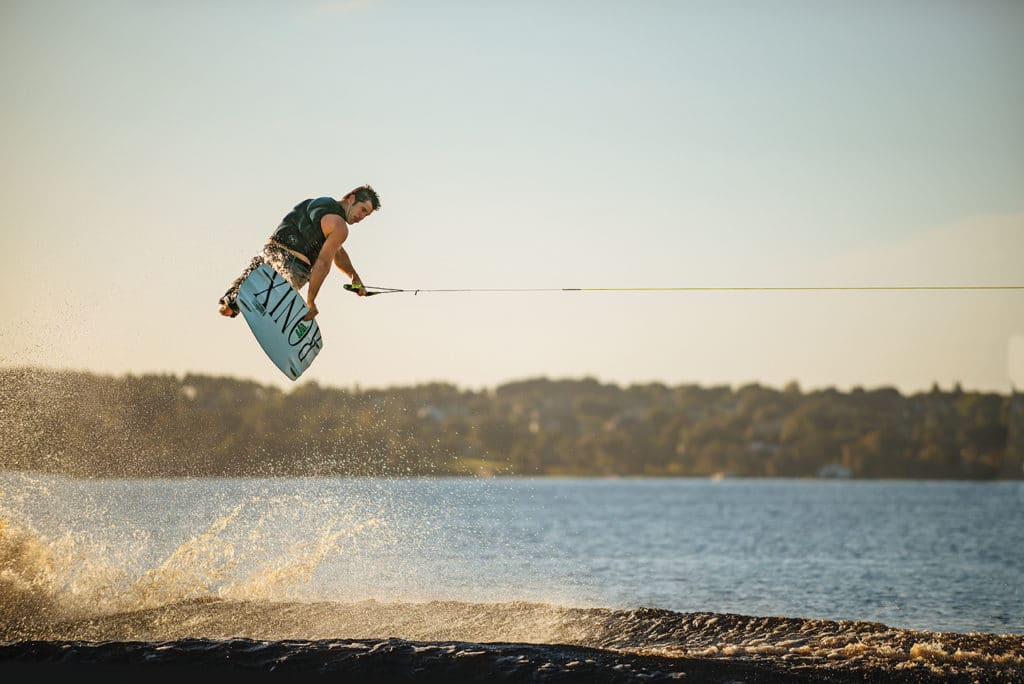
BOAT BOARDS
If your wakeboarding stoke comes solely from riding behind the boat, you definitely want to steer toward boat-dedicated boards. These boards have stiffer flex patterns, giving them the most energy as you ride up the transition of the wake and boost off the lip. They tend to have heavy-duty construction to put up with the wear and tear of landing in the flats or casing the wake. Boat boards also have features on the base, which can help you edge better into the wake and/or soften landings. Lastly, boat boards come with an array of fins that can be either molded into the base or bolted on.
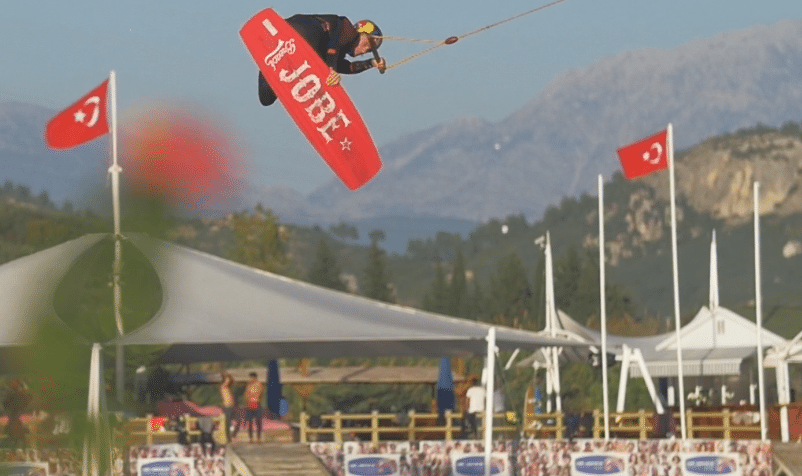
Wake Park Boards
Boards dedicated to riding at wake parks have softer flex patterns and usually featureless bases and removable fins (or no fins at all, in some cases). The flex provides a more relaxed feel on the water, better absorbs flat landings off kickers, and allows you to press the nose or tail of the board on rails. Wake-park boards usually come with a more durable base and reinforced sidewalls to withstand the abuse of everyday park riding. Removable fins and flat bases make it less likely you’ll get hung up while sliding on rails and boxes, but you’ll sacrifice traction on the water.
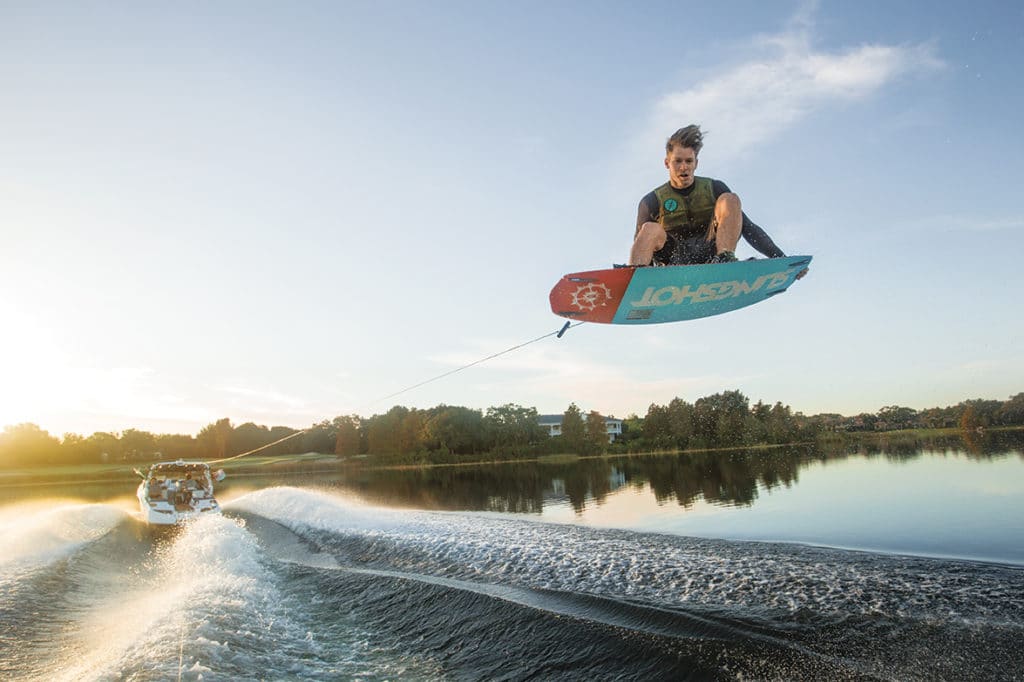
Hybrid Boards
While you can ride a park board behind the boat or a boat board at a wake park, neither is ideally suited to those environments. If you don’t have the budget for two different, specific boards for boat and park riding, a hybrid board is the perfect option. In terms of flex, hybrid boards tend to fall right in between boat boards and park boards. Many feature softer flex through the tip and tail for locking into presses, but are stiffer between the bindings, still allowing for good pop off the wake. These wakeboards usually feature durable, simple base designs with removable fins, which provide good traction into the wake and still slide well.
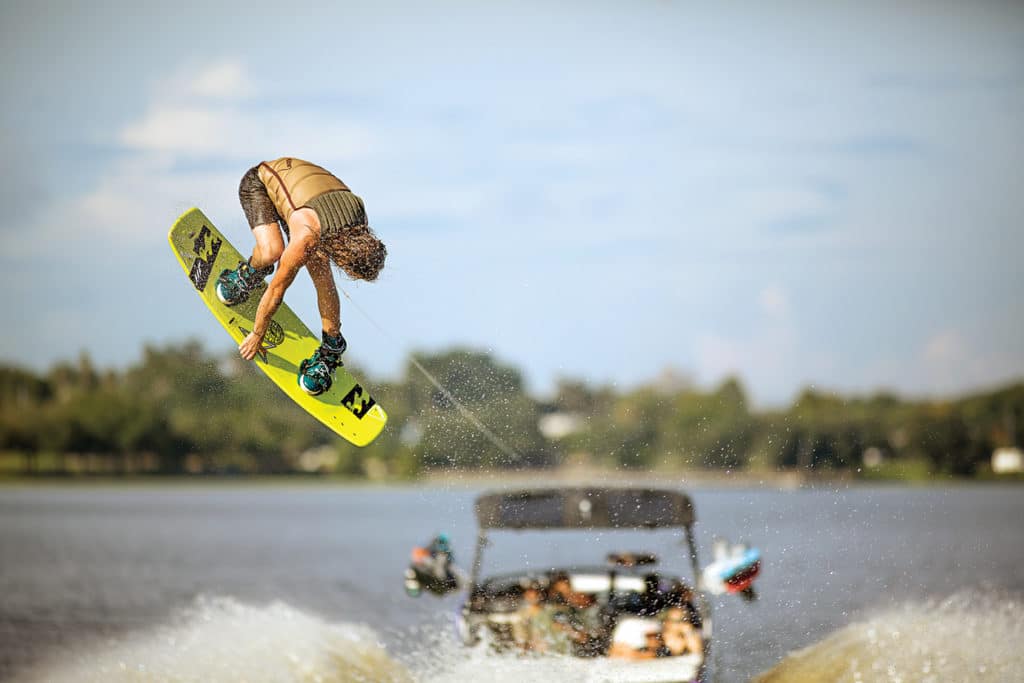
Get Familiar
Flex
‘‘Flexʼʼ is a word that’s been used frequently to describe wake-park boards, but every wakeboard has some degree of flex. Some boards have a lot of flex, some are stiffer; both have their applications in different contexts. Boards are designed to flex in specific areas to give different riding characteristics. There is no perfect amount of flex (or stiffness); it all comes down to personal preference and riding style.
Rocker
Rocker is simply the curve or arc profile of the board. There are two predominant types of rocker lines in wakeboarding: three-stage and continuous. Boards with more rocker have softer landings and more abrupt pop off the wake, while boards with less rocker have less drag, carry more momentum upon landing, and glide better across the water.

Fins can be either molded directly into the base or bolted on a wakeboard; some boards offer a combination of the two. Some also feature channels or concave or convex areas that help direct the flow of water across the base of the board, providing traction and stability. Boards with fewer bottom features and smaller fins tend to have a looser feel on the water, while boards with multiple larger fins and bases with multiple features have a more locked-in feel. Again, there’s no right or wrong here; it all comes down to personal style.

